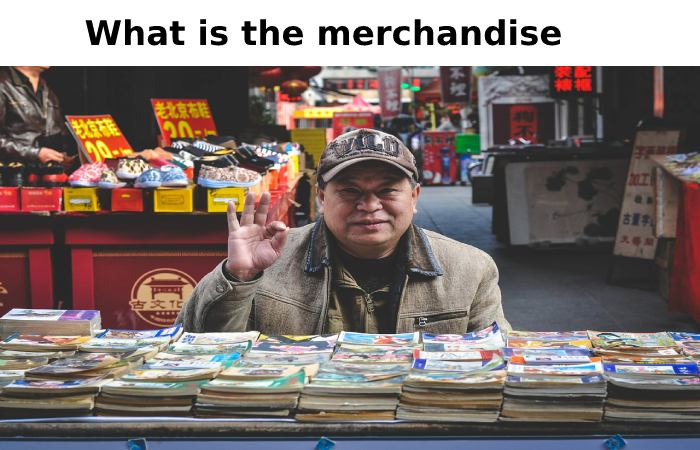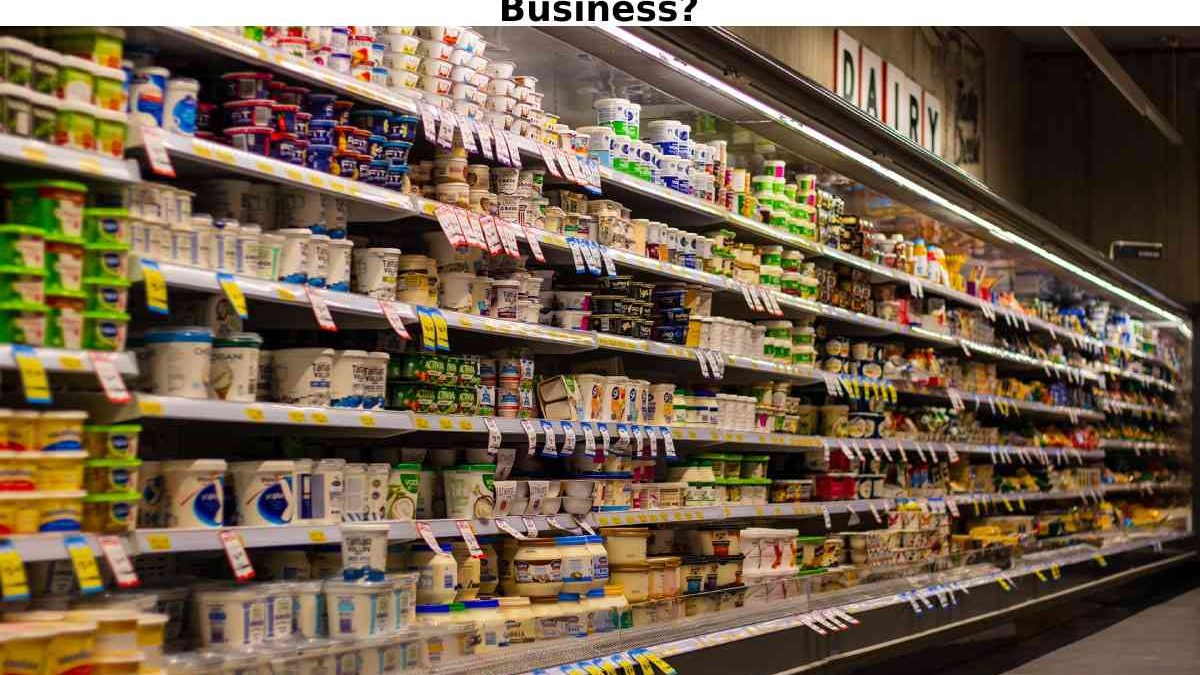Table of Contents
Introduction
Merchandising is a very common marketing strategy applied to any business, whether online or not. However, it became more widely known after increasing people working on the Internet. The reason is very simple: in the digital market, it is necessary to use all types of marketing strategies possible to attract the attention of potential customers. After all, even though the demand for products and services is very high, the supply is also high.
Therefore, stay with us if you have started to undertake in the online market and want to learn more techniques to promote your products or services. In this post, we will work on the concept of merchandising and show you what types of merchandising exist and how to apply them in practice. With this guide, you will better understand this strategy and understand its importance for the growth of a business.
What is the merchandise?

Merchandising consists of strategies aimed at promoting and selling products both inside and outside the point of sale.
Its Central Objectives are Two:
- Guarantee the sale of products;
- Attract new customers to the brand.
It is, in short, a set of techniques to promote a product or service to potential customers in an assertive manner.
Merchandising Can Happen in 3 Ways
Within the Point of Sale
When talking about the organization of products within the point of sale, we refer to a physical space in which customers are going to make a purchase.
Items for sale must be arranged following a logical pattern of attraction.
For Example
Small products should be close to the checkout area if we are in a supermarket since sweets and treats are generally bought more on impulse than necessity.
So if they are close to where customers are already about to check out. This type of product is likely to attract more people’s attention than if it were on the shelves inside the supermarket mixed with other items.
In addition to the good layout of the products, the lighting must also be adequate.
On the other hand, promotional posters, with prominent colors, can and should be placed at strategic points everything so that customers feel attracted and are induced to make a purchase.
Outside the point of sale
Whoever thinks that merchandising is limited to the point of sale is mistaken. In reality, it is in the external environment that it occurs with greater intensity.
A clear example of this is merchandising on television shows.
When the actors in a telenovela talk about a certain product and highlight its qualities, viewers are automatically and instantly led to think that this product is good, which can lead to a purchase.
In the Virtual Environment
Merchandising is gaining its space in the virtual environment. Among the examples, we can list the development of an attractive sales page or sponsored posts on websites other than those used by the digital entrepreneur.
This strategy model is very interesting for the digital market because it boosts the number of product sales, as well as helping to attract new customers.
Types of Merchandise
Below we will refer to each and show you their main characteristics.
Visual Merchandising
Within visual merchandising, we find strategies that aim to highlight the product within the place of sale, whether in a physical or virtual store. They are techniques that highlight the visual and aesthetics to draw the attention of potential customers due to the appearance of a certain product. Colours, formats and sizes greatly influence the shopping experience. Warm colours, for example, stimulate the consumer’s brain, arousing interest and attention. So, it may be that even without knowing all the benefits of a certain product, the consumer purchases because he is attract by what he sees.
One way to use visual merchandising is by using very striking promotional banners and posters located at strategic points in the physical store or the company’s website.
The more vibrant and prominent the advertising material, the better the results will be.
And believe it: all visual aspects of the company influence merchandising. It fits for the company’s facade, the logo, the site design, the clothing of the employees (when it is a physical store), the menu and much more.
Merchandising Editorial
Editorial merchandising is related to the text, that is, how the product is present in external channels, such as commercials, television programs and sponsored posts.
Hiring a digital influencer to speak highly of a product is a great editorial merchandising strategy in the online market. It remains a common practice many brands use to make themselves known to different audiences.
The reason for this practice is very simple. People are increasingly following Instagram profiles and YouTube channels as they identify with the people behind those social networks.
So, nothing better than using the influence of those people to advertise your business, right?
As we already mentioned, this is a complete marketing strategy, which implies a series of measures that the company can implement.
Merchandising at the Point Of Sale
Merchandising at the point of sale is directly related to visual merchandising. It has to do with the organization of the products at the end of the deal. The purpose of displaying the products in the physical store has several reasons, among which are: attracting the customer. Showing the variety of products and promoting the purchase.
Surely you have notice that some products such as sweets, snacks, chocolates or unwanted effects are displayed near the cashiers in supermarkets.
It is a very common practice since the central idea is to buy on impulse and the customer’s need. Being close to the checkout, the consumer will not have much time to think about his decision and the real need to obtain said product.
Retail Merchandising
Retail merchandising or retail merchandising seeks to attract the customer by presenting product attributes that he values as a benefit in the purchase.
A classic example is when we convince you to pay for a specific product. In exchange, we offer you a discount, a promotion, a gift, a raffle. Or some extra benefit such as vouchers and loyalty programs.
Another good example that can be cited is the distribution of free samples or tastings, actions that help a lot in creating recognition of the product in the public we want.
As well as the previous merchandising examples, many actions seek to increase consumption by displaying products in retail stores.
For this strategy to be effective, you have to have studied your client very well, you must know him, know what attributes he values in your product and what actions could encourage him to make the purchase. Because you will only achieve good results if you know what that really engages your audience.
Merchandising Digital
One way to carry out merchandising in a technological way is by using the internet to display products. Because in an online world, it is necessary to have this type of action.
The way of doing online merchandising has to be subtle, implicit and as non-invasive as possible. Because it must be remember that merchandising has another objective. Very different from that of advertising and advertisements.
Conclusion
Merchandising remains any practice that contributes to selling products to a retail consumer. At a retail in-store level, merchandising refers to displaying products for sale in a creative way that entices customers to purchase more items or products.

